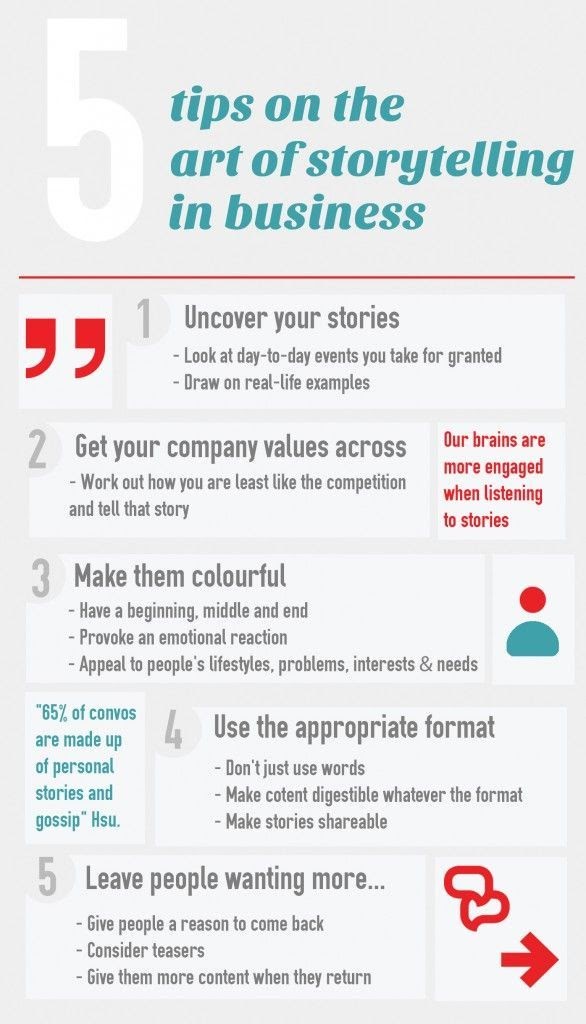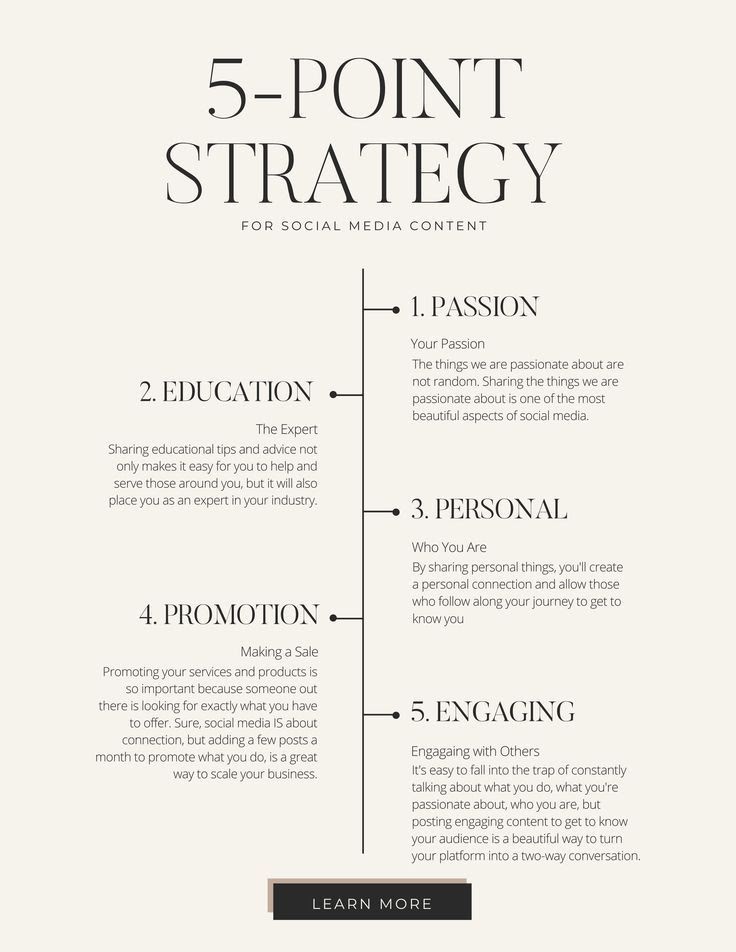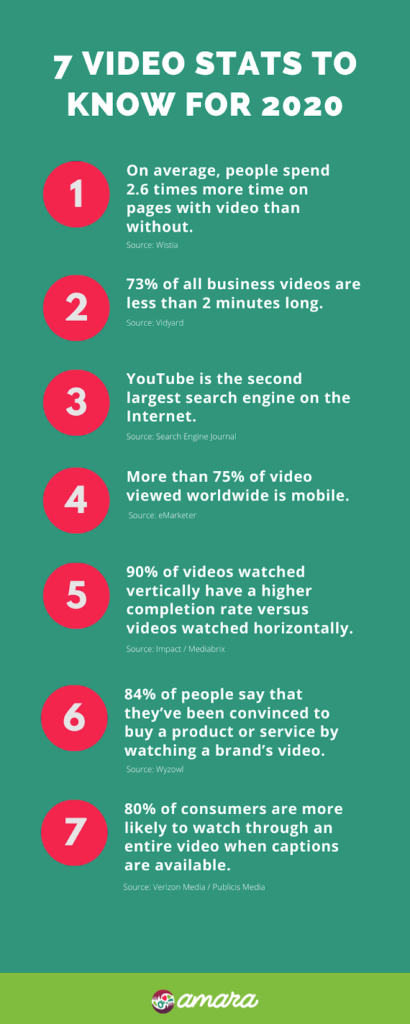The Art of Copywriting: How to Write Better Captions that Get Engagement

Table of Contents
- The Importance of Clarity in Your Storytelling
- Checklist For A Good Caption
- How to Write Good Captions – The Cardinal Rules
- Tips To Help Improve Your Captions
- Key Takeaways
- Conclusion
- FAQs
Does your blog have a low reach? Are you struggling to promote your content on social media? Maybe you are yet to master the art of copywriting. An engaging title or caption gives you a quick and tempting glimpse into what the article/blog will be about and can immediately capture the reader’s intrigue with its phrasing.
Copywriting is an art, and copywriters are artists in their own right. It takes a lot of creativity to develop engaging content, owing to the saturation of content on various online and offline platforms. If you master the art of copywriting, your business will really take off.
If you are a copywriter, you probably have experienced that awful moment when you cannot come up with a catchy opener for your content no matter how much effort you put into it. Here’s the deal: captions are super important in content writing, especially online. Captions are basically the titles of an image or a video. It can be a few words or can also be more descriptive with a few sentences.
Do you remember doing Precis assignments in school? Copywriting is somewhat like that. We have to consolidate our brand message, the topic of that post, what exactly we are trying to convey in a few words and hook the audience. Only compelling captions would make your audience want to keep reading. Engaging social media captions or blog titles convince the audience to click on your content and consume it instead of simply scrolling past it. However, it can be hard to get them right.
Copywriting seems to be the domain of creative people. However, there is a fair share of market research and strategy blended with ingenuity. So if you are finding it hard to nail down the correct way of writing engaging captions, let’s explore how you can come up with better captions for your work.
The Importance of Clarity in Your Storytelling

Every article, blog, video, picture, prose, or poetry you put out there tells your audience a story. The traditional understanding of storytelling as a 300-page novel or a short story has become obsolete. Today, different mediums are being used to tell stories, and these stories are equally capable of moving people. Storytelling is the essence of the art of copywriting.
Before you begin to wonder how to write a caption, nail down the brand message and story that you are trying to convey. So before you start your piece, here are a couple of questions to ask yourself:
- What story am I trying to tell through my piece?
- How do I want to make my audience feel through my work?
- What emotion is my piece going to elicit from my audience?
- Will my work push my audience to think? If yes, which direction do I want to push them in?
- What is the larger message that I want to leave them with?
It is imperative as a copywriter to have complete clarity about these questions before you start writing. If you are unsure what your piece is trying to achieve, that confusion and lack of clarity will reflect your work. Clarity and concise storytelling are the two most important pillars of the art of copywriting.
Checklist for a Good Caption
Here’s the deal, your captions need to contain some key factors in order to make maximum impact. Here’s a simple formula that you can apply to your art of copywriting to adjudge the caption quality:
- Does it tease the reader? (It should, a good caption should be mysterious and tempt the reader to find out more)
- Does it introduce the key focus of your content? (A caption should be accurate and the right fit for your content. An article about ice creams should have a caption related to ice creams)
- Is it easy to read? (Readability is key for a good caption. So even if you are writing a long caption, ensure that it’s broken down into shorter sentences and is easy to read).

How to Master the Art of Copywriting
“If it sounds like writing, I rewrite it.” – Elmore Leonard.
A few things have been tried and tested in the copywriting industry, and they work like a charm every time. So here are some industry-standard dos and don’ts that you should be keeping in mind to enhance the impact of your copy, especially when writing captions.
1. Keep it short and crisp for improved readability
When it comes to the art of copywriting, captions are an introduction and not the whole picture itself. If you try to cram too much information into your caption, it’ll turn off your audience, and they will simply scroll past it. Short and catchy captions drive engagement and capture the reader’s attention. Try using comprehensive adjectives, or maybe an effective metaphor, to get your point across. Here are a few examples of how to shorten your sentences:
- It is really very cold in Antarctica – It is freezing in Antarctica
- I would eat these dumplings up really fast – I would devour these dumplings
- This purchase will encourage your values of spending responsibly – This purchase will encourage your thriftiness.
The below image shows some good caption writing examples. Thesill manages to connect the brown slanting potted plant and autumn decor. The caption is simple and short to foster engagement.

2. Connect your sentences effectively for better reader engagement
- The coconut tree was tall.
- The fruit fell on Sam’s head.
- The ambulance responded to his friend’s call for help.
As a reader, by the time you reach that third sentence, you are already confused, disoriented, and looking to scroll past that caption.
The key to an engaging long caption, the ones that are often used for social media posts to tell a story, is connectivity and good structure. The art of copywriting is subtle and concise. It should tempt the reader but it should be short. The argument you are making needs to be cohesive, and each sentence should be a segue to the next. So, for example, the above piece will make much more sense when written the following way:
- The coconut tree was tall, and it was a particularly windy day.
- Sam was on his way home, and while crossing the tree, a coconut fruit fell on his head.
- Sam’s friend spotted the event and quickly called an ambulance for help.
- The ambulance responded to the distress call.
3. Facts over fiction
The human brain is wired in a way that it immediately trusts statistics and numbers more than words. In a world where misinformation is practically everywhere, scientific facts are attractive to a reader. So use numbers, statistics, or proven facts in your caption, wherever possible. Following are a few examples of such captions:
- 85% Of Doctors Believe That XYZ Causes Hairfall In Adult Women.
- Experts have concluded that 10 in 100 women and 20 in 100 men are likely to exhibit these symptoms.
Do not bombard your caption with statistics. Remember to just tease and tempt your reader to scroll. The art of copywriting lies in the details you are able to convey within a few words.

Tips to Help Improve your Copywriting
Now that you have a better idea about how to approach caption writing, here are a few tips to help you improve your captions:
- Use active voice: For example, Nike’s brand catchphrase ‘Just Do It’ is in active voice, which in passive voice would have been, ‘Let it be done by you’. One is clearly more impactful than the other.
- Use conversational language: The art of copywriting should flow smoothly. Communication is always more effective with simpler language. Your reader should feel that the caption is directly speaking to them. Readability is very important.
- Edit, edit, and edit some more: Short, crisp, and snazzy is what you should be aiming for. Breaking down long sentences, using interesting words, metaphors and even alliterations sounds great. For example, ‘Recharge, Rejuvenate and Radiate With This XYZ Cream’. It has a click to it, doesn’t it? Keep an eye out on other brands and go through caption writing examples for ideas.
Those were some handy tips and tricks that should help you on your journey of becoming a more effective copywriter. The world of content writing is constantly evolving, but lessons about human psychology have guided marketing for decades now. Fall back on tried and tested patterns in the art of copywriting, and you shall see the results soon.
Key Takeaways
- Storytelling and Relevance are the two most important pillars of the art of copywriting.
- The art of copywriting must be concise, subtle, and simple.
- The copy must instantly connect with the reader.
- Try to include relevant facts in the caption.
- Keep editing your copy.

Conclusion
The art of copywriting demands subtlelity, precision, and compelling storytelling. The basics of copywriting is wired with tried and tested marketing strategies and human psychology. The art of copywriting and content strategies have evolved over the years. We went from long tutorials to bit-sized captions. But, the buying behavior has not changed. Keep an eye on the latest trends. Continue to experiment. Your copy should inspire the audience to go and click on the blog, or perform the CTA. It is one of the most important elements to drive traffic, if done correctly.
FAQs
One of the most valuable real estate on Instagram is the caption, and you must use it well for Instagram marketing. The following tips can help you write an amazing Instagram caption:
1. Make sure your caption conveys the right message
2. Add a CTA to your Instagram caption
3. Organize your text into short paragraphs
Copywriting tips: There’s a good principle to keep in mind when it comes to branding called attracting and repelling, which was popularized by Jasmine Star. It’s important to have your brand identity in place to guide both your language and tone. As you can’t please everyone, you likely will attract the right clients and turn away the wrong ones with your branding. That being said, pay attention to how you can attract your potential customers.
The posts on a user’s feed today no longer appear chronologically. Rather, content is prioritized according to engagement and interest, as well as when it was posted. In short, there is a higher chance you and your future posts will be seen if there is more engagement.
In the social media era, your company must stand out. Personalizing your business through relevant and interesting content, along with engaging captions, is the best way to accomplish this.
Your website is the first thing that an audience sees when they want to know about your brand. It should highlight the brand message and your services. It should also be catchy and tempt the audience to keep scrolling. Here are the best website copywriting tips to keep in mind:
1. Make sure you use plenty of headings
2. Organize your content with bullet points
3. Don’t make paragraphs too long
Load important information at the top
Draw attention to key phrases and terms
Become familiar with your audience
Eliminate unnecessary words
The art of copywriting is not as complex as it sounds. It is rooted in human buying behavior and marketing strategies. Obviously, we will not engage with boring content. So, it is a no-brainer that a copy must be catchy. However, you need to practice and learn how to write simple, subtle, and easy-to-digest captions. It is an equal blend of creativity and strategy. Copywriters need to have the following skills to create outstanding web content.
1. The ability to conduct research
2. Staying informed
3. Ability to adapt
4. Aiming at the right audience
5. Understanding of SEO
6. Attracting the reader’s attention
Latest Blogs
Explore how Google’s 2025 AI search updates triggered ranking chaos. Learn actionable strategies to adapt your SEO for AI Overviews, zero-click searches, and SERP volatility. Stay ahead now.
Learn how to rank on AI search engines like ChatGPT, Perplexity, and Gemini by optimizing your content for authority, structure, and relevance. Stay ahead in AI-driven search with this strategic guide.
Explore the best healthcare SEO services for your medical practice. Improve online visibility and effectively reach more patients in need of your services.
Get your hands on the latest news!
Similar Posts

B2C Marketing
5 mins read
Top Choices for Best Content Marketing Services in B2B Industries

Artificial Intelligence
5 mins read
How A Lead Generation Specialist Can Use AI-Powered Content Funnels to Drive Conversions

Artificial Intelligence
4 mins read